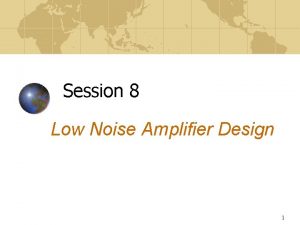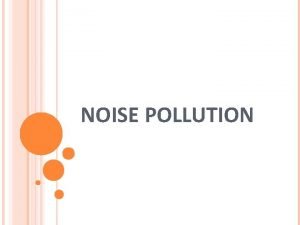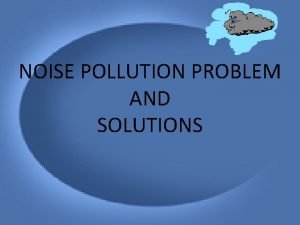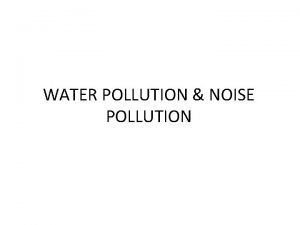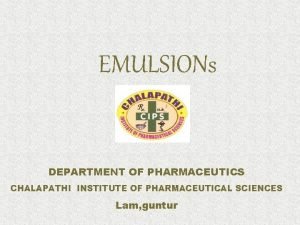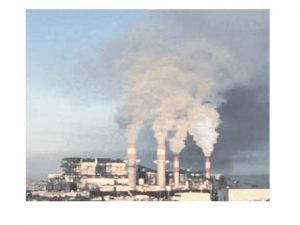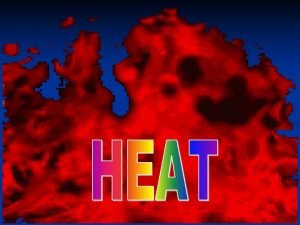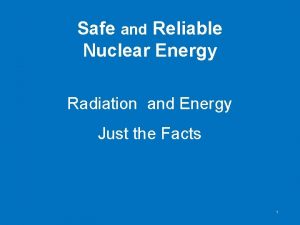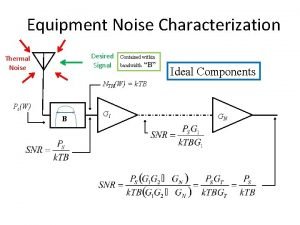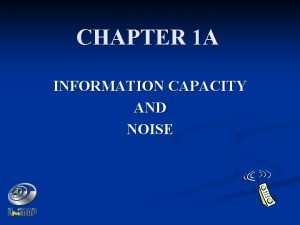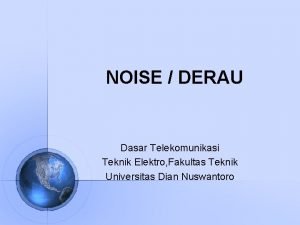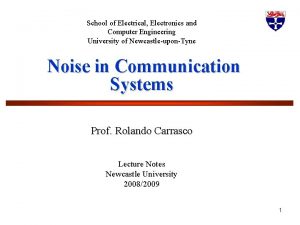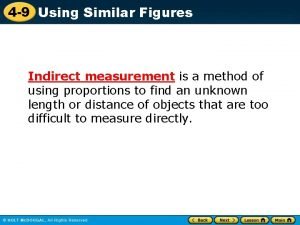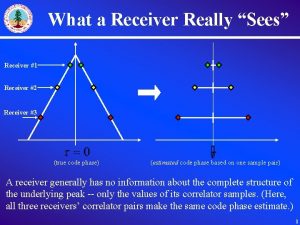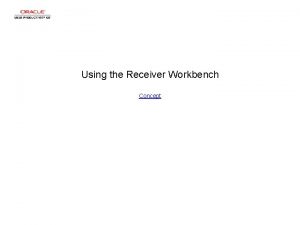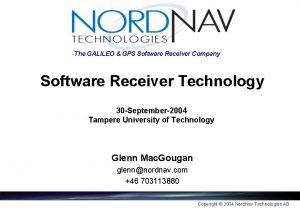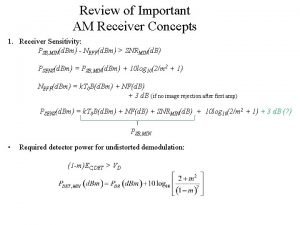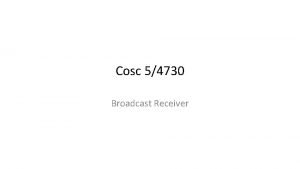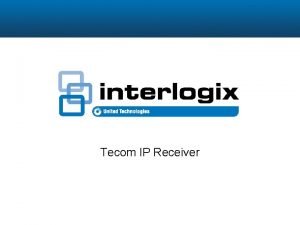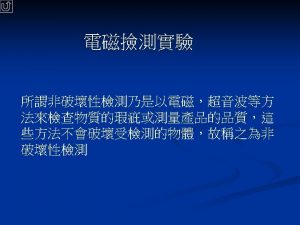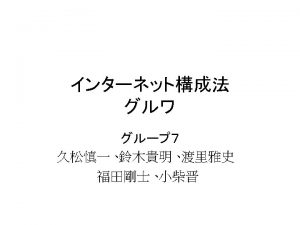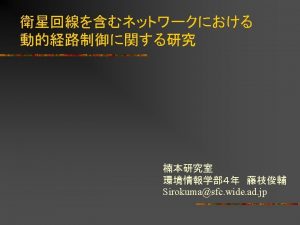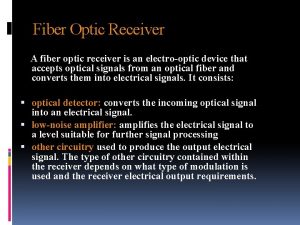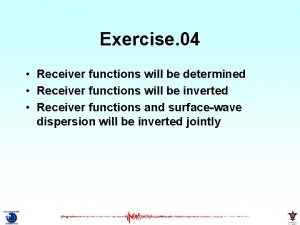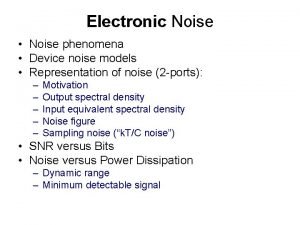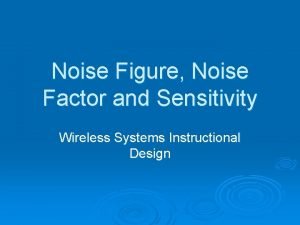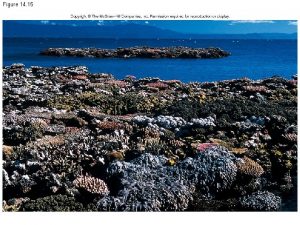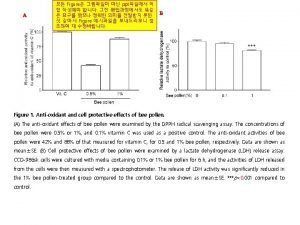Noise Figure Measurement using Natural Noise Sources Receiver





















- Slides: 21

Noise Figure Measurement using Natural Noise Sources

Receiver sensitivity • Generally want best possible sensitivity • Important at UHF/microwave frequencies where background noise levels are low • Weak signals such as beacons can be useful

Noise figure definition

Thermal Noise N = KTB N = Noise power K = Boltzmann’s constant T = Absolute temperature B = Bandwidth

Thermal noise • All bodies at a finite temperature emit noise • Noise due to random motion of electrons • As temperature increases random motion increases. • As temperature increases noise increases

Noise power • Noise power from a matched load at the input of a receiver = KTB Watts • Noise is proportional to temperature.

Noise temperature • Noise temperature is defined as the temperature of an input termination to a “perfect noiseless amplifier” that would give the same noise output power as with the real amplifier.

Conversion from noise figure to noise temperature.

Conversion from NF to Te • RSGB

Measurement of Noise Temperature

Hot and Cold load method • • Can make use of this relationship Use resistors at different temperatures PROBLEM: Need to cool to low temperatures for accurate results – liquid nitrogen!

Natural noise sources • Ground is at about 300 kelvin • Sky is electrically “cold” at about 20 -30 kelvin • Point antenna at sky and ground and observe difference at receiver output. • The Sun? ? ?

Ground – Sky Comparison • Ground at Room temp – approx 290 K • Sky is electrically cold – approx 0 K

Ground – Sky noise Comparison • RSGB

Solar Noise • The sun varies but at “quiet times” it is a useful point source allowing the performance of antennas to be checked. • If the NF of the system is known then it is possible to get a good estimate of an antenna gain from the sun noise.

Sun Noise • RSGB

Sun Noise for Antenna Checks • RSGB

Noise measurement • Can simple measure the audio noise output from a receiver. • Make sure AGC is off • PROBLEM – Fluctuation of readings due to narrow bandwidth. • SOLUTION – Use a wideband receiver and a power meter.

Noise Voltage • RSGB

Demonstration of NF Measurement

 Noise figure measurement
Noise figure measurement Print sources and web sources
Print sources and web sources Water resources
Water resources Noise pollution causes
Noise pollution causes Sound pollution problems
Sound pollution problems Sources of noise pollution
Sources of noise pollution Pcm companding
Pcm companding Natural sources of heat
Natural sources of heat Deans fluorosis index
Deans fluorosis index Examples of emulsifying agents in pharmacy
Examples of emulsifying agents in pharmacy Natural sources of carbon monoxide
Natural sources of carbon monoxide Natural sources of heat
Natural sources of heat High nitrogen fertilizer numbers
High nitrogen fertilizer numbers Sources of radiation
Sources of radiation Primary source of autobiography
Primary source of autobiography Almanac primary or secondary source
Almanac primary or secondary source Cascaded noise figure formula
Cascaded noise figure formula Cascaded noise figure formula
Cascaded noise figure formula Contoh soal noise figure
Contoh soal noise figure Noise figure
Noise figure Indirect measurement using similar triangles
Indirect measurement using similar triangles Natural hazards vs natural disasters
Natural hazards vs natural disasters
